The best ways to keep your home’s comfiest places germ-free

When you lay your head down after long, hard day, the last thing you’re probably thinking about is how clean your pillow is. But that actually might be something worth considering at some point.
Cleveland Clinic is a non-profit academic medical center. Advertising on our site helps support our mission. We do not endorse non-Cleveland Clinic products or services. Policy
“Pillows and upholstery can carry germs of all types,” says family medicine doctor Amy Zack, MD. “And the biggest risk is actually insects, not bacteria or viruses.”
But before you decide to throw away all your furniture and bedding and start anew, Dr. Zack says there are simpler (not to mention cheaper) solutions. Here’s how to minimize germs in your home’s comfiest places.
Pillows and upholstery can carry bacteria and allergens. But Dr. has some good news: The risk of contracting the coronavirus from these fabric surfaces is very low. “The virus that causes COVID-19 does not seem to live a long time on clothing and other fabric-type surfaces,” she says.
The biggest health risks from your pillows and cushions come from tiny insects, such as dust mites, bed bugs and fleas.
Insects on your upholstery can do more than stimulate your gag reflex. They can negatively impact your health, too. Here’s how:
“If you have chronic asthma and allergies, dust mites are always a part of the conversation,” Dr. Zack relates. “If somebody has allergy symptoms, particularly during the night, then we might recommend they get pillowcases that prevent dust mites.”
Signs of bed bugs and fleas are more obvious — you can see them with the naked eye. “You may also develop insect bites after sitting on furniture,” Dr. Zack says. If you have the stomach for it, a simple image search online can help identify which pest it is.
When it comes to bacteria or viruses, it’s harder to tell what’s hanging out on your pillows. But a good rule of thumb is that if members of your household have the same infection or illness, assume there’s a virus or bacteria lurking. “Clean all of the surfaces in your home, including the upholstered furniture,” Dr. Zack says.
While cleaning some fabrics can be tricky, Dr. Zack says simple vinegar solutions and upholstery cleaners can adequately disinfect them.
“Bleach, in general, is best for disinfecting, but it’s not the best choice for fabric surfaces,” she says. “Instead, use a cleaner to wipe the surface with a sponge or light brush and then let it dry. You can also use a wet/dry vacuum.”
Dr. Zack also offers these recommendations to avoid problems with germs, pests and allergens:
Learn more about our editorial process.
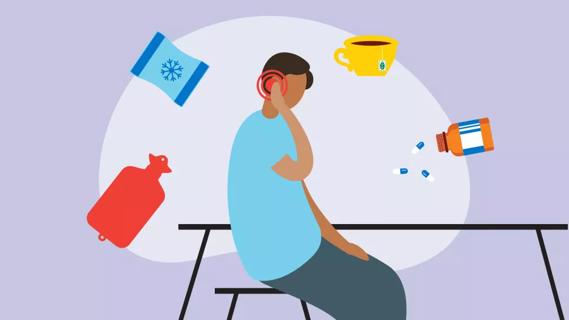
Not all ear infections need antibiotics — cold and warm compresses and changing up your sleep position can help
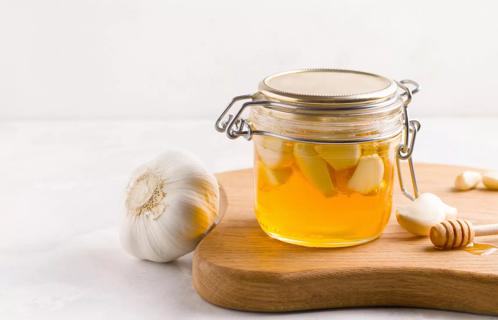
On their own, honey can help soothe a sore throat and garlic has immunity-boosting properties, but you don’t need to go the fermented route
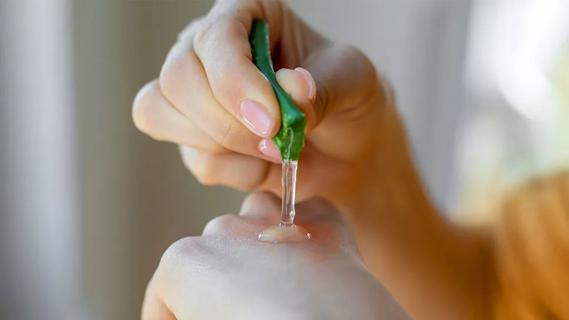
Some natural home remedies may offer relief, but they lack scientific evidence and won’t typically cure the condition
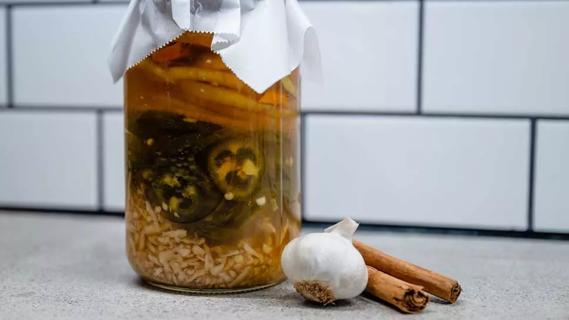
This spicy concoction can do more harm than good, upsetting your stomach and causing painful acid reflux

Pure cocoa butter can help keep your skin supple, with a subtly delicious scent

Natural doesn’t mean they’re safe or effective
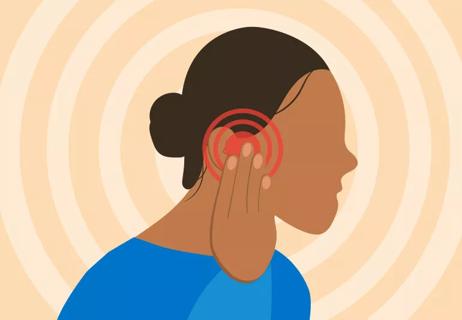
Ear infections can be painful, but essential oils may make the problem worse
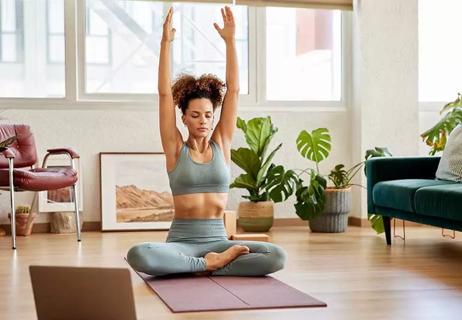
Get moving, use cold packs, and try yoga and stretches to ease back pain

Your metabolism may torch 1,300 to 2,000 calories daily with no activity

A gentle touch in all the right places may help drain your sinuses